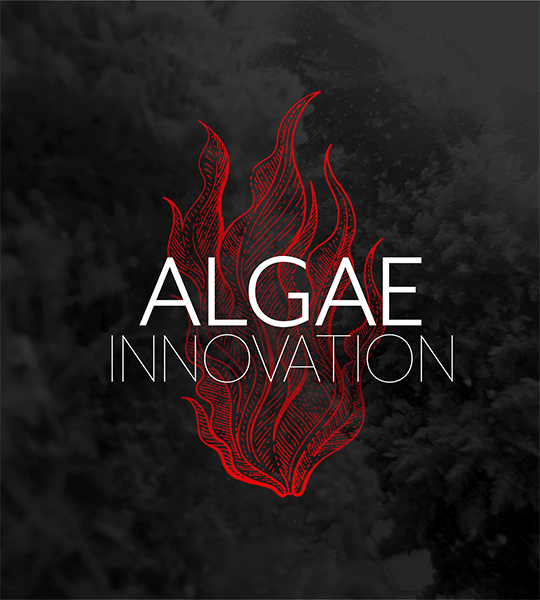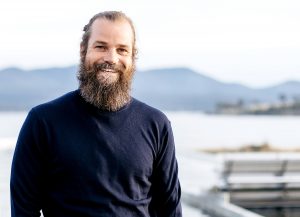Language
You can read the magazine in one of the following languages
Beneath the brisk chop of the Tasman Sea, undulating stalks of red seaweed blossom and sway. Far above, the emissions-driven climate crisis is engulfing the planet, but that emergency seems a distant roar amid the tranquility of the asparagopsis farm.
Soon, thanks to the pioneering work of Australian seaweed farmer Sea Forest, the two worlds will collide in a most peculiar way. The company’s CEO Sam Elsom believes asparagopsis holds the key to changing the course of our planet’s future.
“As we sit here, the atmospheric concentration of CO2 is at its highest level in 800,000 years,” he tells The CEO Magazine. “And it has increased by 20 percent in just the last four decades.”
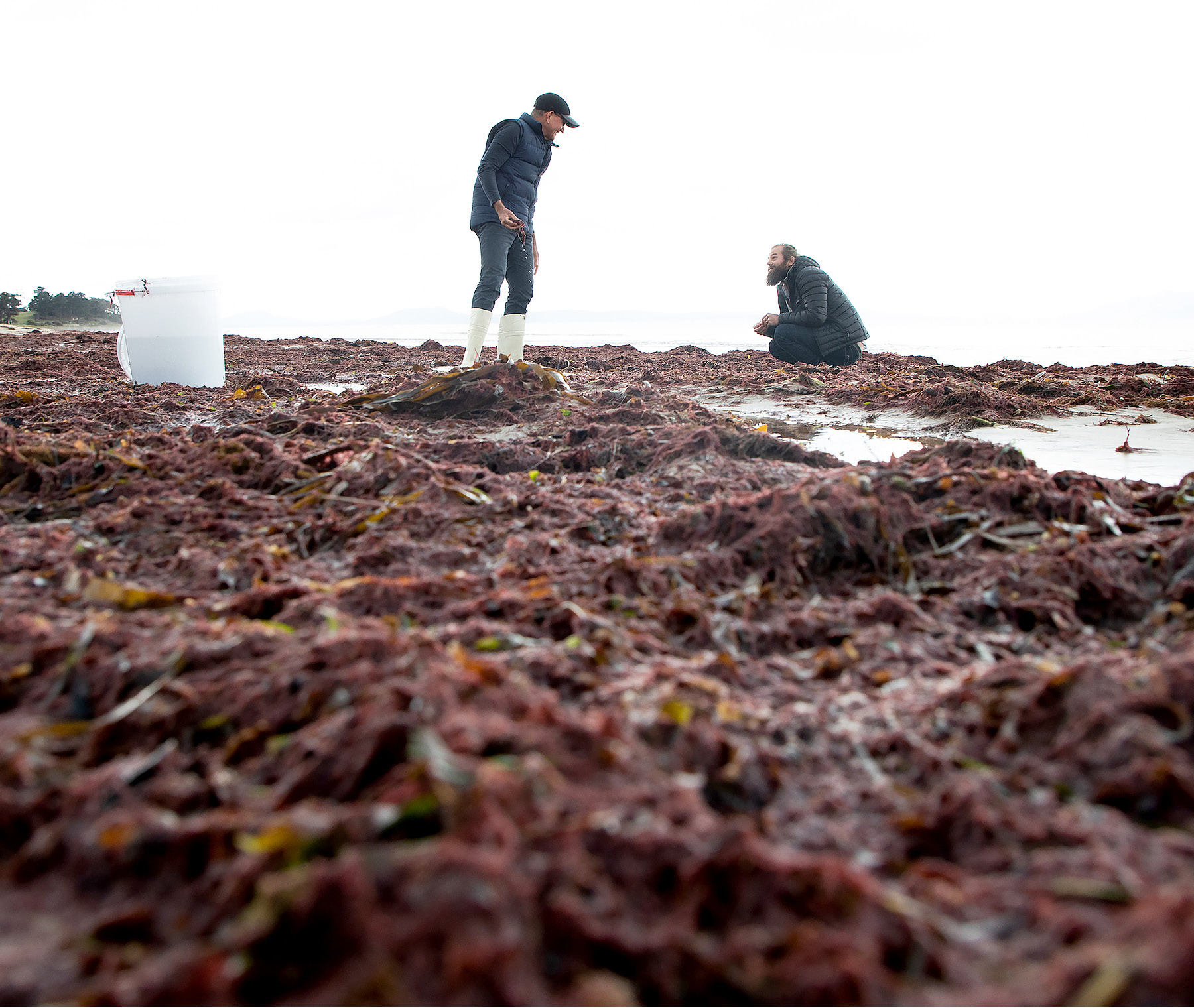

The rapid acceleration of the global temperature was always on Elsom’s mind throughout his initial career as a fashion designer. During that time he founded one of Australia’s first sustainable clothing businesses, but as the climate situation worsened, he felt the need to do more.
“We talk about the 1.5 degrees warming target and the time frame to avoid irreversible damage, but the exponential curve on inaction paints a very scary picture,” he explains.
Frustrated by the Australian Government of the day’s lethargic approach to taking action on climate change, Elsom pivoted away from fashion to establish Sea Forest. Based in Tasmania, the company is hard at work cultivating asparagopsis, a seaweed that possesses some unusual properties.
“We need to not only reduce CO2 but capture and store carbon,” he insists. “I wanted to get involved in driving a scalable solution, and I knew this required a significant upgrade in my education in seaweed.”
During his research, Elsom discovered the groundbreaking work being done with asparagopsis. The tropical seaweed is able to reduce methane emissions of livestock by more than 90 percent when added to their feed. He saw it as ‘a game-changer’ and immediately tackled the question of how to grow it at the scale required to unlock its potential.
“One of the great early building blocks for Sea Forest was the establishment of a small but remarkably capable and dedicated team, including our Chair, CFO and Chief Scientist who together have been responsible for our rapid progress,” Elsom reveals.
Winning over potential investors was made easier by the increasingly high profile of climate change and its ongoing causes, including methane emissions.
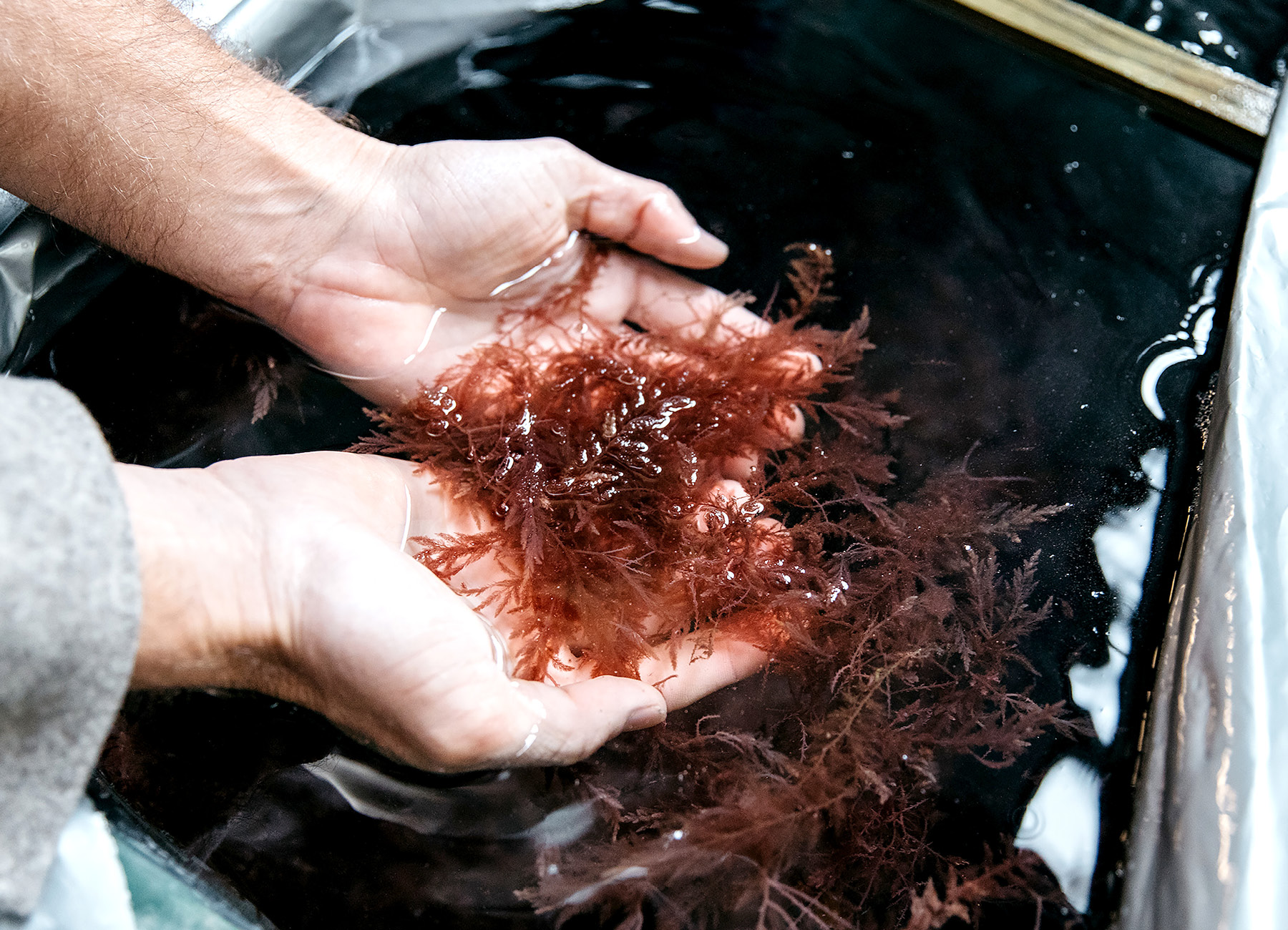
“We’ve been fortunate to have established a shareholder base of impressive and impact-focused investors who share our passion for the business and the environmental potential beyond financial returns,” he says.
With its flagship product, SeaFeed, on the horizon, Sea Forest has now grown to more than 45 people and encapsulates both marine farming and land-based hatcheries for its seaweed quarry.
“As we grow and commercialize, the business becomes increasingly complex,” Elsom admits. “We’re involved in IP registration, livestock trials, product development and innovation, as well as continuously improving cultivation protocols.”


“We’ve at times tried things that haven’t worked but the best advice for navigating these challenges is through collaboration and good communication throughout the organization.”
However, while the day-to-day operation of the business may have its ups and downs, the purpose of Sea Forest’s bounty is a constant. While all seaweeds capture carbon and produce oxygen through photosynthesis, asparagopsis is the only one of 14,000 recorded species of seaweed with methane abatement qualities when fed to livestock in small quantities.
As a global warming agent, methane is even more destructive than CO2, contributing 16 percent of the world’s greenhouse emissions. With the tiniest amount of SeaFeed added to the diets of ruminant livestock, those emissions will be reduced by 98 percent.
Sea Forest has already partnered with dairy company Fonterra to introduce asparagopsis into the diets of its dairy cows. Under the agreement, Fonterra farmers have early access to Sea Forest’s supplement.
“Fonterra has been a great fit for us,” Elsom confirms. “We’re proud of our relationship with them and their investment in SeaFeed exploring methane mitigation.”
Important work it may be, but he understands it’s just the beginning of Sea Forest’s environmental journey. “We’re excited to be on the pathway to commercialization and are already beginning to scale with our early customers,” he says.

“Within the next five years I expect the company will deliver well over one million tons of CO2 equivalent in methane emissions from livestock production.”
If replicated in other parts of the world, the Sea Forest approach has the potential to create both a meaningful environmental impact and regional employment opportunities.
Sea Forest’s work and ambition have also caused those in charge to take notice. In September 2022, Elsom was invited to the Australian Federal Government’s Jobs and Skills Summit, where he showcased the potential of SeaFeed to a receptive audience.
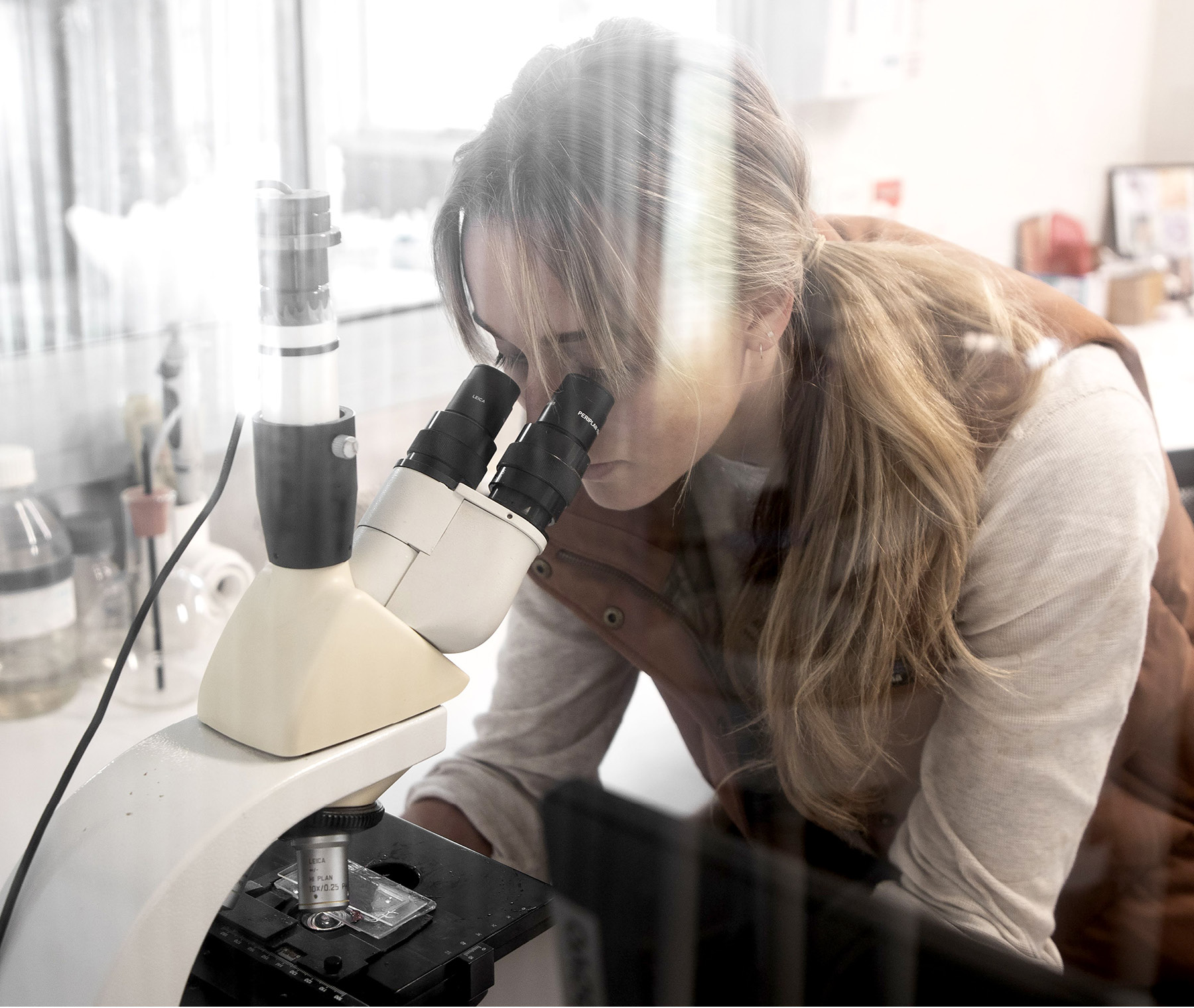

From a small team of dedicated environmentalists to a well-oiled team on the road to meaningful action, Elsom says Sea Forest has grown into a powerful unit. “Sea Forest has developed through a continual process of discovery,” he explains.
“We’ve built a culture of curiosity and established mutual respect between everyone on the team for what each person brings.”
At the heart of it all is a shared purpose. “As a father, an uncertain way of life for future generations on this planet is a terrifying prospect,” Elsom says. “We’re driven by a determination to address what is one of the major challenges of our time.”
